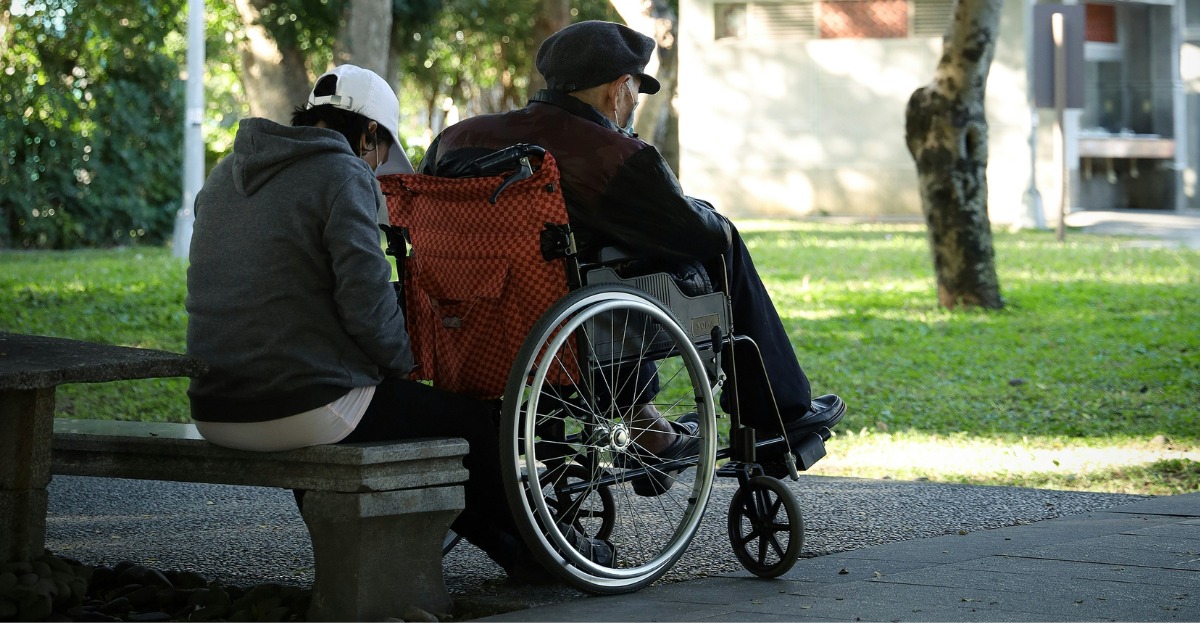A leading Queensland disability advocate is calling for property websites to itemise accessibility features on their listings to forewarn renters with disability about unsuitable homes.
Speaking with ABC Media, Disability Network CEO Michelle Moss called for stricter guidelines so accessibility features are added to property listings.
Moss said there is a lack of understanding by real estate agents and property managers about what the needs of people with disability are, and what it means to live with disability.
“When people go to inspect properties, it can be quite frustrating and embarrassing for people that they can’t actually get in the door,” she told the news service.
“The real estate industry has started on this journey, but there’s certainly a long way to go.”
Better access
The call is supported by Real Estate Institute of Queensland (REIQ) CEO Antonia Mercorella who agrees better education is needed.
Mercorella said REIQ must play a “vital role” in teaching agents how to describe a property with access in mind.
The Australian Housing and Urban Research Institute (AHURI) released a report in 2019 outlining issues with the social housing market and the difficulty for people with disability finding an accessible home.
Market shortage
It found there is a clear shortage in the market of accessible homes, and those rentals that are accessible are generally rented to someone who doesn’t need an accessible house.
Additionally, homes are not being designed with accessibility in mind for people with disability.
According to the Disability Support Guide an accessible home looks like an everyday house you would see on any street, except anyone can enter, no matter their mobility or disability.
Navigation
Inside the house, the layout should be easy to navigate and be able to meet the occupant’s needs, while reducing the likelihood of injury.
Liveable housing design group Liveable Housing Australia said there are seven important design guidelines that are important for making a house accessible:
- Safe, continuous and step-free path of travel from the street entrance or parking area to a dwelling entrance that is level.
- At least one level entrance into the dwelling.
- Internal doors and corridors that do not impede movement between spaces.
- Toilets located on the ground level that are easily accessible.
- Bathrooms with a no-step walk-in shower recess.
- Reinforced walls near the toilet, shower and bath to allow the installation of grab rails when required.
- Stairways designed to reduce the likelihood of injury and big enough for future adaptions.
There are several websites where accessible housing options can be found. These include Disability Housing, Housing Hub, Nest and Housing Choices Australia.
Do you need disability support for yourself or a loved one? Just Better Care is designed to help people from diverse backgrounds with different lifestyles achieve their goals. Get started by talking to a local team member today.


.png?width=2400&height=1246&ext=.png)

